The Sacred Life of Home and City
“Architecture is not about ethereal symbolism or innovation for the sake of innovation, it is rather the extent to which a building can transcend from the measurable into the immeasurable, the extent to which a building can spiritually uplift and inspire man…”
-Craig Ellwood

Photograph Historic Sanctuary of Machu Picchu by Mitchell Rocheleau. Copyright 2019
The Sacred Life of Home and City
Deep into our ancient past, humans have been building sacred spaces. These came in the form of megalithic monuments, temples, ziggurats, pyramids, cathedrals, shrines, and mosques, among countless others. Spirituality, ritual, myth, and religion consumed their daily lives. Our ancestors created sacred spaces on Earth to honor and connect with their gods and the heavens.
The placement and design of many ancient structures illustrate an understanding of the sun's patterns, solstices, and astrology. Our ancestors were fascinated by these natural phenomena and aspired to connect and understand the world above them. Their monuments were often seen as portals between Earth and the heavens.
Many of these structures were built high on mountaintops or as tall as possible to reach the heavens. They aspired to create sacred spaces to elevate beyond the chaos, brutality and homogeneity of the world on earth. Exceptional scale, craft, material, and symbolism were implemented in their buildings to differentiate them from the world around them.
In many ancient cultures, the home or dwelling was also considered a sacred space. Often, it was thought of as a microcosm of the more prominent sacred monument at the center of the community. In the home, ritual and prayer, spiritual ceremonies, consecrations, connection with the gods, and family celebrations were carried out. The individual dwelling unit was a distinct space that had a higher meaning and performed a much larger role than simply shelter. The creation of architecture and space became one of our species' most effective methods for facilitating connection with the spiritual dimension of our human nature.
In the early 20th century, architect Le Corbusier stated that the house was “a machine for living.” While it would be difficult to believe he was supporting a complete eradication of spiritual life from our homes, we can indeed see a perspective shift in how “home” was perceived. The purpose of the house had shifted away from the sacred and spiritual center of a family. In this new age, the home was to become a place of absolute efficiency, mechanization, and functionality. In this shift, we may have lost a profound element of our human nature.
Sacred vs. Profane Space
Mircea Eliade's book The Sacred and the Profane describes the difference between what he believes to be two ways of viewing the world: the sacred and the profane. These two types of experiences, help illustrate the difference between how modern man views the world vs. how our ancient ancestors viewed the world.
For our spiritual ancestors, space is not homogenous. It was organized, given structure and meaning through the creation of sacred spaces. Monuments or spaces constructed and concreted by our ancient ancestors served as fixed points to orient themselves in space. They were made special, which elevated and differentiated them beyond everything else. Eliade referred to everything else as profane space.
He describes how most modern men experience their environments space and time as profane. Profane space is homogeneous, ill-defined, and can be chaotic, with minimal organization or hierarchy. He states that we have come to live increasingly in a desacralized profane world.
Modern man tends not to experience sacred or illuminated spaces. Rather, we see a formless neutral space without qualitative differentiation. Establishing orientation or internal organization in this world is challenging, as all space is amorphous and appears like an indistinguishable sludge.
Architecture was one of the most common methods our ancestors used to create and differentiate sacred space in the world. Architecture innately has the ability to elevate one’s experience and evoke a primitive spiritual sensation within us. This is not a religious epiphany accompanied by immediate conversion to a particular faith. Rather it is much smaller, a small sensation of joy, mystery, inspiration and connection deep within our beings. A work of architecture’s presence and design can elevate ones experience from the profane into the sacred.
Despite our modern world operating mostly in the realm of the profane, Eliade suggests that we still have tendencies and desires to experience the sacred world. We thirst for the moments where spaces and experiences are elevated beyond the daily humdrum. Where pockets of joy, presence, gratitude and clarity are evoked by the beauty of a space or repetition of a ritual in a meaningful location.
Making Home Sacred
In our modern world, I fear that the home and the city are disassociating from their spiritual and sacred history. These spaces are not offered conscious attention and care in order to elevate them beyond the profane. They seem to be increasingly viewed only as shelter or a functional box for living, when they can be so much more for us. The square footage and bed/bath count seem to be the market standard on how we value a home. This only operates on one level of our capability.
Creating Sacred Architecture
The study of architecture history, in many ways, cannot be separated from the history of spirituality. Our human intuition towards the sacred and spiritual is perhaps why architecture was created in the first place. Ancient humans began to create buildings and monuments to make spaces meaningful, honor their gods, hold rituals, and gather. These works of architecture created hierarchy and organization in a confusing and brutal world. It emulated and facilitated connection with a larger force in our world.
At the core of my architectural work, there has been an intuitive desire to create sacred spaces. I was not aware of this intuition early in my journey, however over time, I became conscious of the instinct. The highest goal was and still is, to create an opportunity where people could experience a sacred moment.
Join Mitchell Rocheleau, Principal Architect of ROST Architects, as he travels to Amsterdam Noord, Netherlands to explore the thriving community that has been created here, collective housing developments, and the emerging experimental architecture throughout the city. He discusses with Jelte Van Koperen, from CityLoop, the latest urban developments emerging, innovative experimental architecture and the community that has formed in Amsterdam Noord. They explore the area once known for its shipping industry, which now houses the NDSM Cultural Center and analyze the deep history that is present in the area. With the spirit of optimism, the willingness to experiment, to create something with the conditions that they had at hand - the Dutch were able to create environments that promote authentic expression.
Mitchell Rocheleau, Principal Architect of ROST Architects, meets with Charlie Duff, author of "The North Atlantic Cities" and developer and planner in the city of Baltimore, Maryland. They discuss Dutch history, from the communal efforts of seafaring and building canals, to creating robust cities in the "Golden Age". Through historical influence, they analyze how the Row House became a footprint for a healthy city, as well as the similarities between cities like London and Amsterdam and such as Boston and New York, in the United States. By analyzing the reasons cities were first created, we can better understand how to create cities and places for our future generations.
Join Mitchell Rocheleau, Principal Architect of ROST Architects, as he travels to Amsterdam, Netherlands to explore the city's urban environment and natural green spaces. He discusses with Esther Kreikamp, Architecture Historian from CityLoop, the way urban environments filled with more vegetation promote greater wellbeing and mental health in people. They tour the city, diving into the architectural details of the canals, as well as the new developments that are being implemented which help people thrive and live more authentic lives.
Principal Architect, Mitchell Rocheleau meets Islam Issa, an award-winning Egyptian-British author, broadcaster, and the new Professor of Public Humanities at Birmingham City University, to discuss the Ancient City of Alexandria. Learn about the thoughtful planning that went into the city, the Lighthouse, and Library of Alexandria as well as what values were prioritized in its creation by Alexander the Great. What can we learn about an ancient city to create thoughtful cities for today's world?
Explore the fascinating origins of Egypt’s ancient civilization with Mitchell Rocheleau of ROST Architects, from the early settlers near the Nile to the awe-inspiring construction of the Great Pyramid. This video explores the pivotal role the Nile River played in shaping Egypt’s agriculture, culture, and monumental architecture. Discover the innovations behind the Pyramids, the role of the Giza Plateau, the workers’ village, and the mystery surrounding Khufu’s reign. Uncover recent discoveries and speculations that challenge our understanding of Egypt's greatest architectural marvel.
What if our cities were designed to heal? How can we design cities that offer places of wellness and connectivity?
Mitchell Rocheleau, Principal Architect of ROST Architects travels to Amsterdam to explore how Restorative Urbanism, an approach that analyzes how urban design can support mental health, has the power to foster change in our cities and our interconnected lives. He touches on psychosocial health, the importance of walkable cities, our sensory perceptions in urban environments, as well as his personal experiences in cities.
The city of Copenhagen embodies a distinct vision of urban life, and its inhabitants seem to thrive in this environment. It became clear after visiting the city that a high degree of thought and care had gone into its design, and there was a commitment to offer its people a high-quality lifestyle. I began searching for the formula for its success. Copenhagen seems to know something about how to live together and what life should look like in an urban environment that we may be overlooking in the U.S.
Join Principal Architect, Mitchell Rocheleau in this interview with Dr. Moudhy Al-Rashid, author of "Between Two Rivers: Ancient Mesopotamia and The Birth of History", Historian and honorary fellow at Wolfson College, University of Oxford. We discuss the importance of the creation of cities, early beginnings of Mesopotamia as a place and the incredible technologies from irrigation and writing systems that were essential to the environment. Watch to understand why studying ancient Mesopotamia is vital for our understanding of our present societies and how evolution of these creations has affected our current life and the ways in which we access basic needs.
Mitchell Rocheleau of ROST Architects dives into the fascinating story of Central Park's creation, from its inception as a public space for all New Yorkers to its role as a restorative haven and symbol of democratic ideals. Why is Central Park important for our generation to understand? Through collective self-awareness and community intention Central Park's design created an enduring legacy as a place for recreation, social interaction, and civic engagement. Through reconnection with the natural world and exposure to nature in an individual's life, New York was able to make a cultural statement for restorative public space within a city.
The High Line in New York City is an iconic example of urban revitalization, transforming an abandoned industrial rail line into a vibrant, landscaped public park. The High Line story is one of evolution, from its origins as a bustling freight rail line to its decline and eventual rebirth as a symbol of innovative landscape, urban design.
Most of what makes Amsterdam attractive to travelers can be attributed to the Dutch society of the 17th century, which we call the Dutch Golden Age. It was the age of artists like Rembrandt and Vermeer. This society transformed a swampy bog into one of the world's most beloved and charming cities. The artists of the Dutch Golden Age painted unapologetically realistic scenes of everyday life in their cities. Many of these scenes portray people in their homes and towns, performing daily life's unspectacular, mundane tasks together.
Architect Mitchell Rocheleau discusses the importance behind Architecture History. Architecture can provide glimpses into human history, allowing us to understand the evolution and development of the human species. Learn the stories Architecture History tells us, from prehistoric structures to contemporary architecture, we can see what was important to humans at the time.
Architect Mitchell Rocheleau was invited by Josh Cooperman to speak on Convo by Design, a podcast that was created by Josh to “share stories behind design and amplify ideas that make better the way we live, work & play.” The conversation centered around ROST Architects intentions and approach to creating designs for the human experience. Listen to the episode or read the conversation to hear the ideas shared and explored during this thought-provoking conversation.
Alexandria is often overlooked when in comparison with ancient Athens or Rome. However, this city does deserve some further investigation due to its interesting philosophies, ideas, and concepts that it was conceived upon, primarily those of Alexander the Great, and how he conceived the city, how he founded it, and how he began to lay out the preliminary planning of the city.
Recent restoration and analysis of the Parthenon, in tandem with other discoveries, have uncovered a wealth of new information regarding this iconic architectural masterpiece. Much of this information challenges and presents new perspectives about the conventional understanding of the structure.
Principal and Architect of ROST Architects, Mitchell Rocheleau, meets with Mike Parker Pearson. Mike is an English archeologist specializing in the study of Neolithic Britain, most notably Stonehenge. He was the director at the Stonehenge Riverside Project and the author of several books, including Stonehenge - A New Understanding.
Architect Mitchell Rocheleau travels to the Roman Baths in Bath, England, to uncover the stories about the people who engineered, built, and used this stunning Roman bathing complex. High-quality on-site footage and detailed expert interviews reveal captivating insights into this ancient site. This in-depth documentary will give viewers a genuine appreciation and understanding of this architectural marvel.
Shrouded in mystery, the pyramids are a captivating enigma calling us to unravel their secrets. Built over 4,500 years ago, they are one of the best-known manifestations of a civilization's belief systems in the built environment. The Egyptians had a distinct perspective on human existence and the afterlife that was reflected in their architecture.
Principal and Architect of ROST Architects, Mitchell Rocheleau, meets with Peter Davenport, professional archeologist for 46 years including 25 years as a senior archeologist at Bath Archeological Trust. Peter's been involved in all of the excavations carried out in the Roman Baths and a large majority of excavations in the City of Bath. Peter is also trustee on the Roman Baths Foundation and the author of "Roman Bath: A New History and Archeology of Aquae Sulis."
Principal and Architect of ROST Architects, Mitchell Rocheleau, meets with Thomas Barrie, architect and professor of architecture at North Carolina State University, whose scholarship focuses on architecture's symbolism, ritual use, and cultural significance
Principal and Architect of ROST Architects, Mitchell Rocheleau, meets with Jonathan Foyle, lecturer, historian, and broadcaster. Author of "Lincoln Cathedral: The Biography of a Great Building."
Investigating why our ancestors began building architecture and congregating in cities can reveal fundamental insights about human nature. There is no better place to start than with the development of the first cities in ancient Mesopotamia. The city has always been where people congregate, and ideas, innovation, and progress flourish. People come to the city to reinvent and express themselves and test and share their ideas, wherein, simultaneously, culture evolves and civilization progresses. Since their conception, cities have always been nuclei of human advancement.
Principal and Architect of ROST Architects, Mitchell Rocheleau, discusses the significance of The Grand Louvre designed by Architect I.M. Pei, the history of the Louvre, design process, design theory and ideas behind the project.
Principal and Architect of ROST Architects, Mitchell Rocheleau, meets with Keiran Murphy, a nationally recognized historian on Frank Lloyd Wright and his estate in Spring Green, Wisconsin, home of the Taliesin Fellowship.
Principal and Architect of ROST Architects, Mitchell Rocheleau, meets with John Lobell, a professor at Pratt Institute and expert on Louis Kahn, to discuss the architecture and philosophy of Louis Kahn.
What makes Stonehenge so captivating? This enigmatic Neolithic monument offers a window into our past and the lives of our ancestors. Stonehenge provides insights into their values, societal norms, and psychology. It unveils their astonishing level of sophistication, intricate communication networks, complex collaboration methods, and a deeply intuitive community with a profound understanding of materials, construction techniques, ecology, and astronomy. This megalithic marvel has the potential to enlighten us about our own journey and the evolution of our species.
I want to take you on a journey back in time in the southwest of present-day Britain, near a bend in the river Avon. Here, a natural geological process dispelled warm, mineral-rich water from deep within the earth.
The ancient people who inhabited this area believed these healing and mystical waters were a gift from the gods and were presided over by an ancient goddess named Sulis.
Principal and Architect of ROST Architects, Mitchell Rocheleau, discusses the importance of The Farnsworth House designed by Architect, Mies van der Rohe and its role in modern architecture, challenging the conventions of the time.
Why is Taliesin West significant in the history of American culture and Architecture? Taliesin West was a petri dish breeding a new lifestyle based on freedom, connection with nature, and a spirit of innovation. It challenged the conventional way of living at the time through its philosophies, daily rituals, and the work that was produced there. Most importantly, its architecture was a direct reflection of this lifestyle.
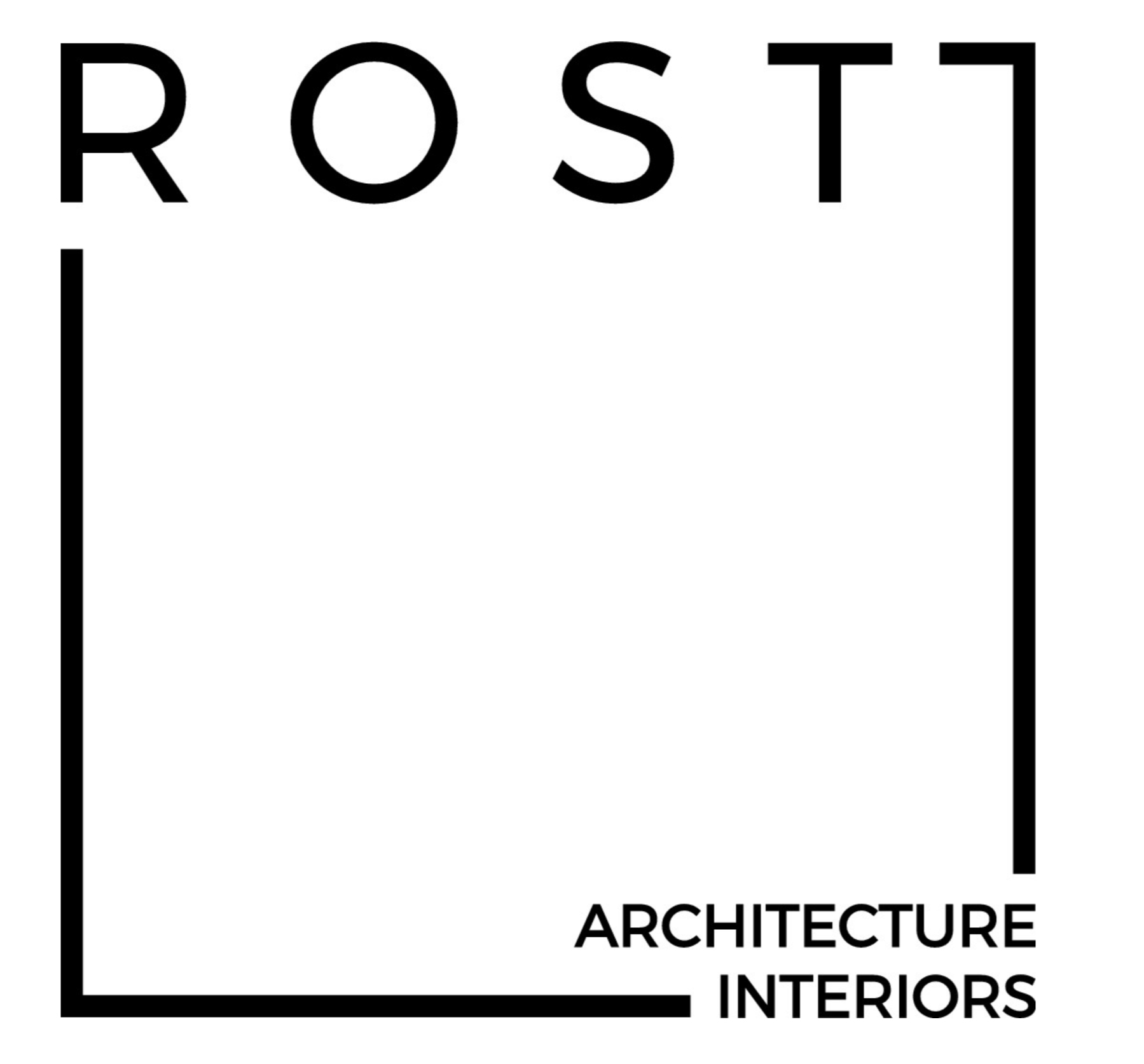




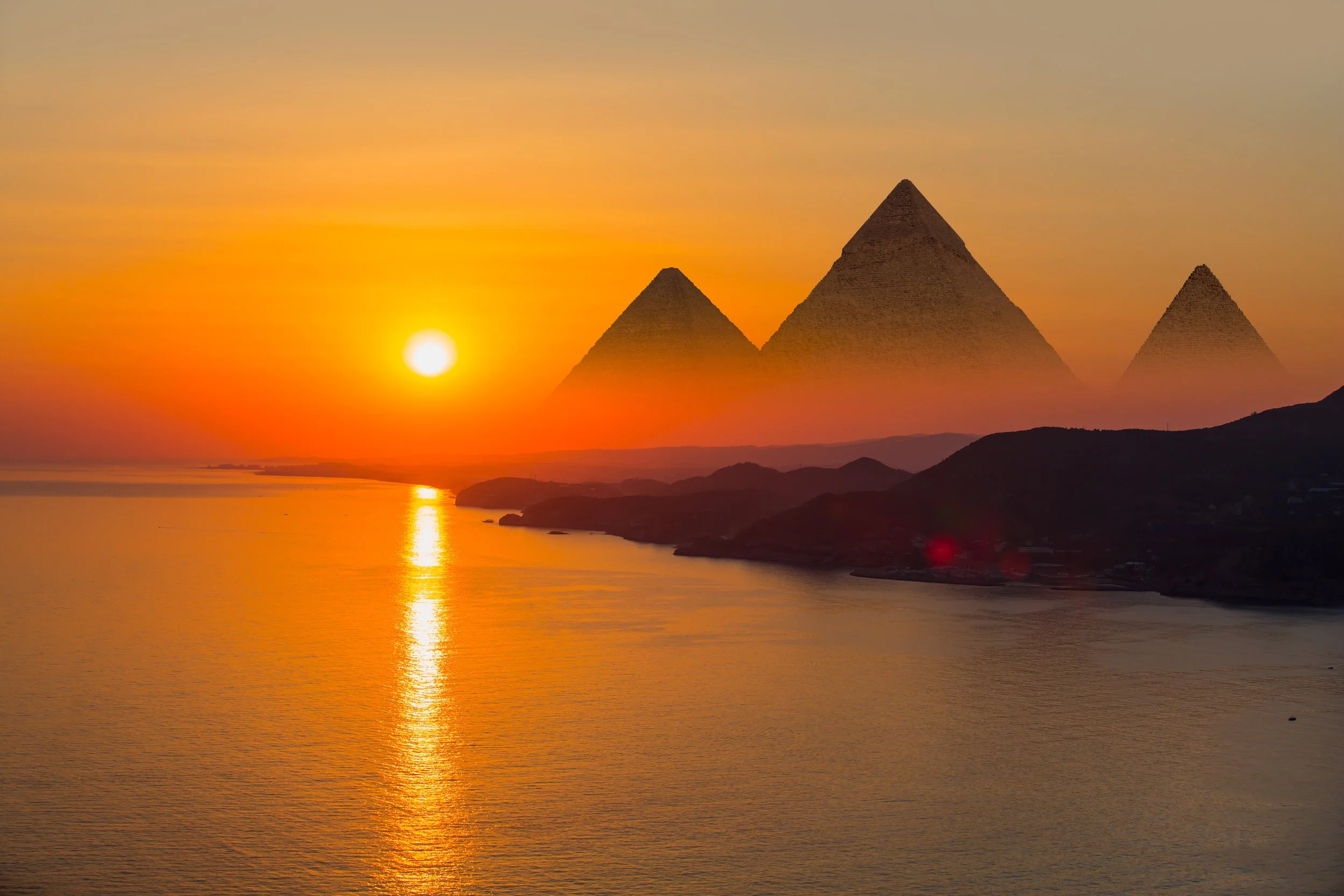

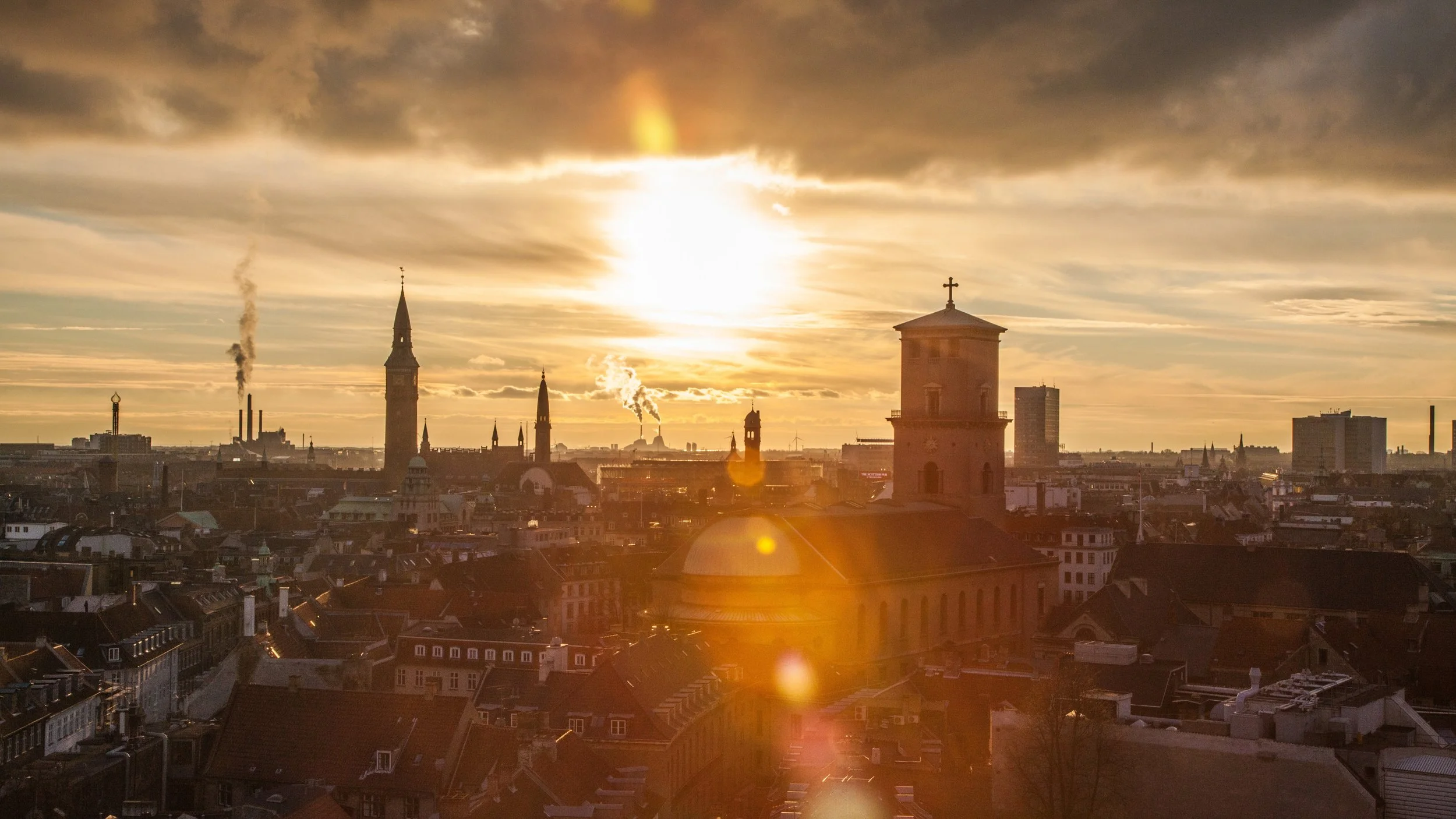



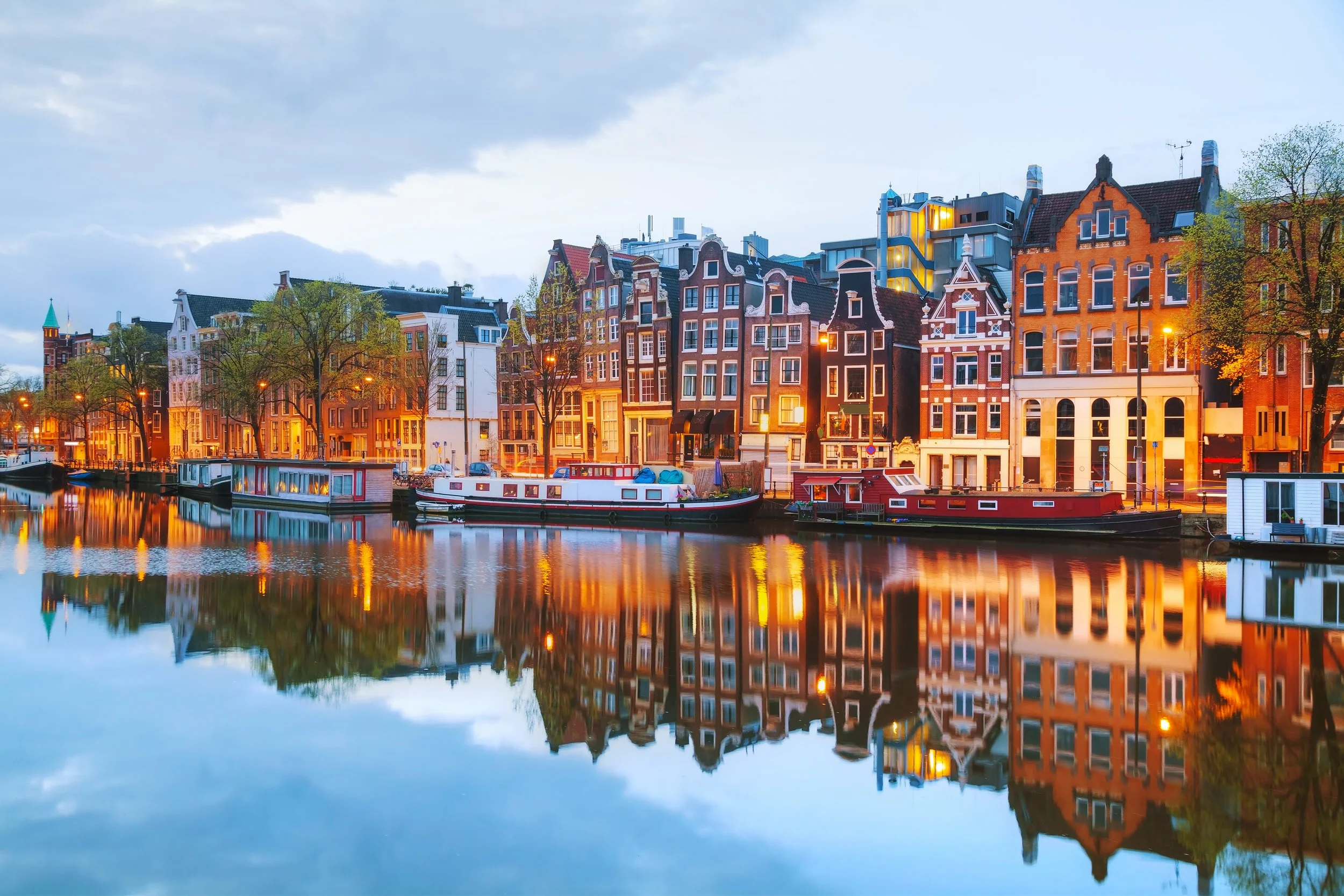
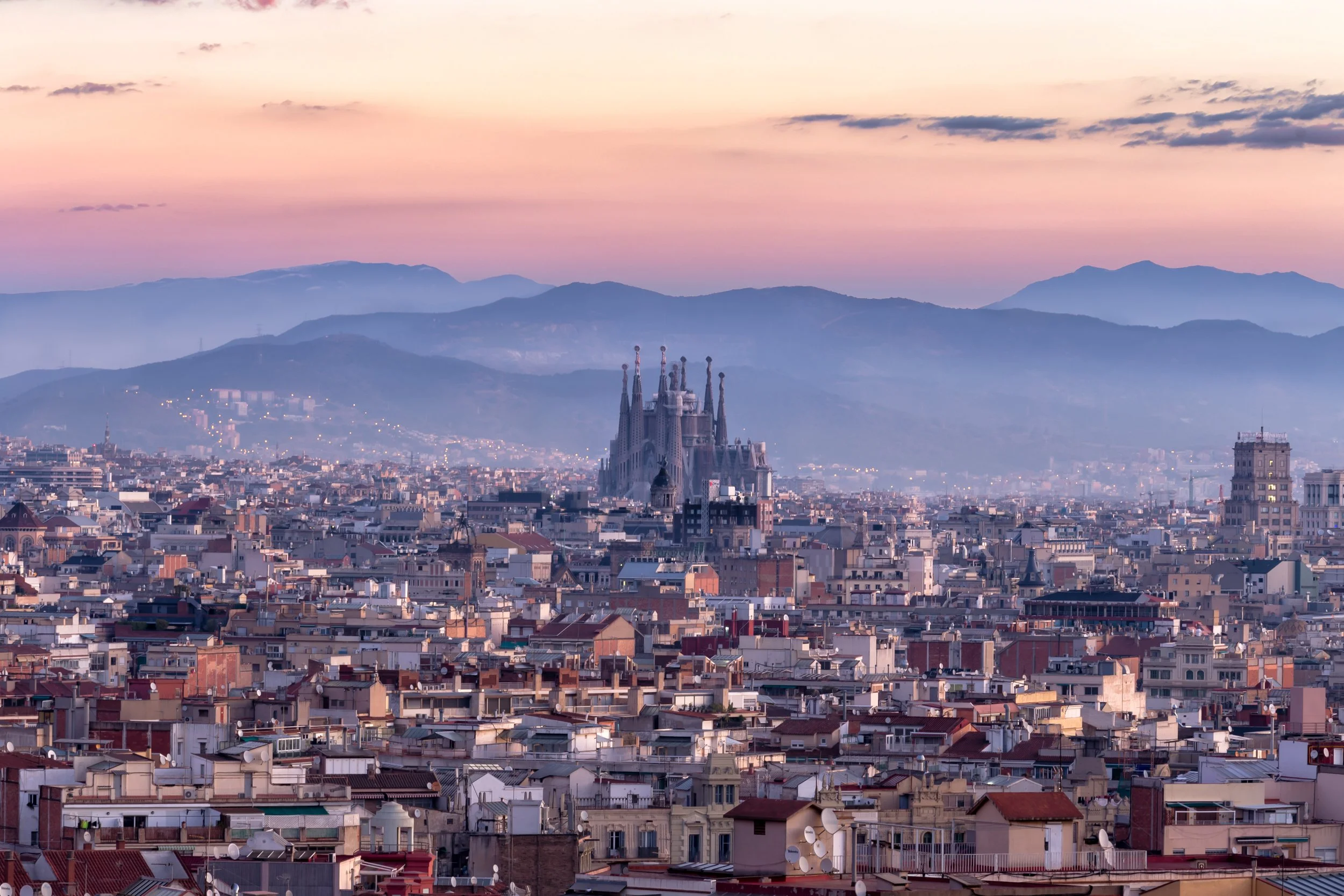
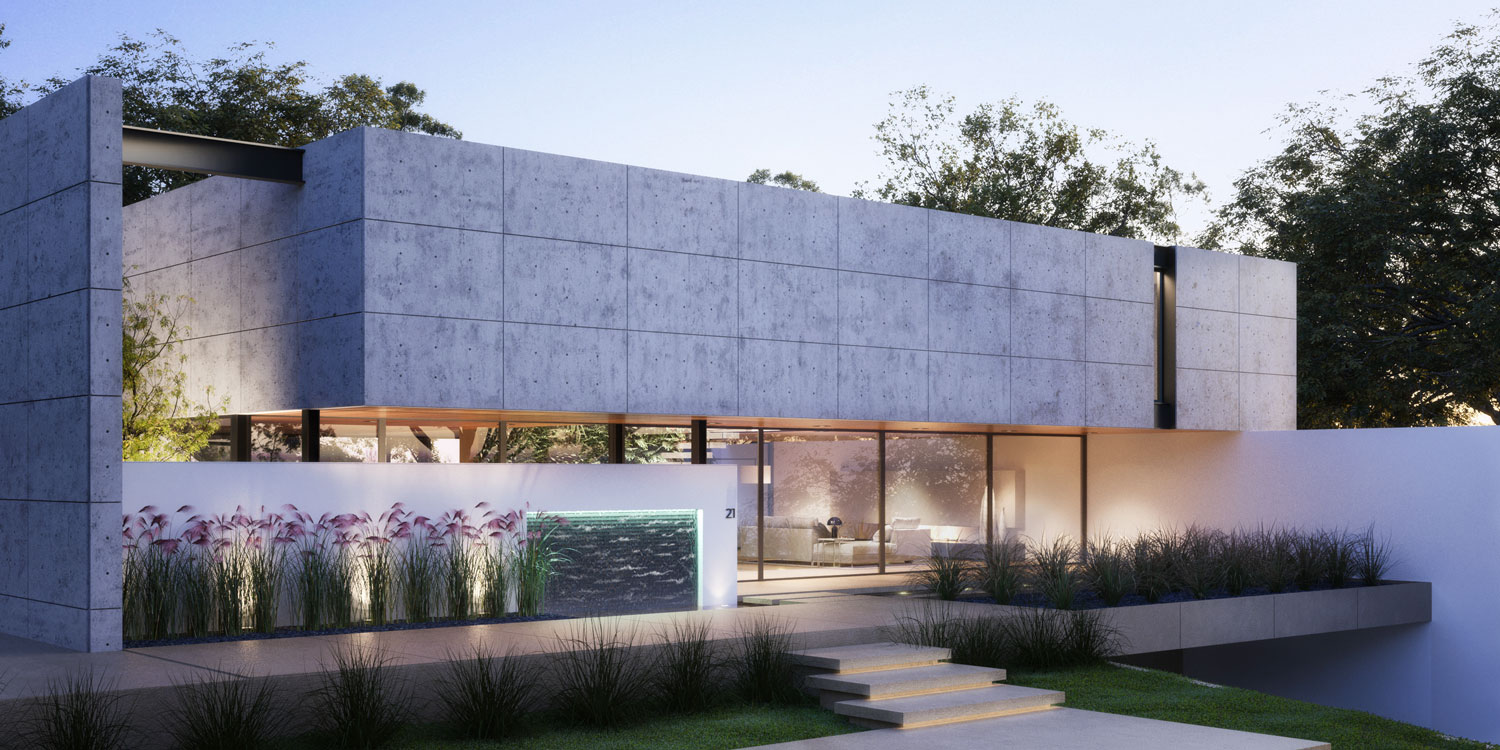

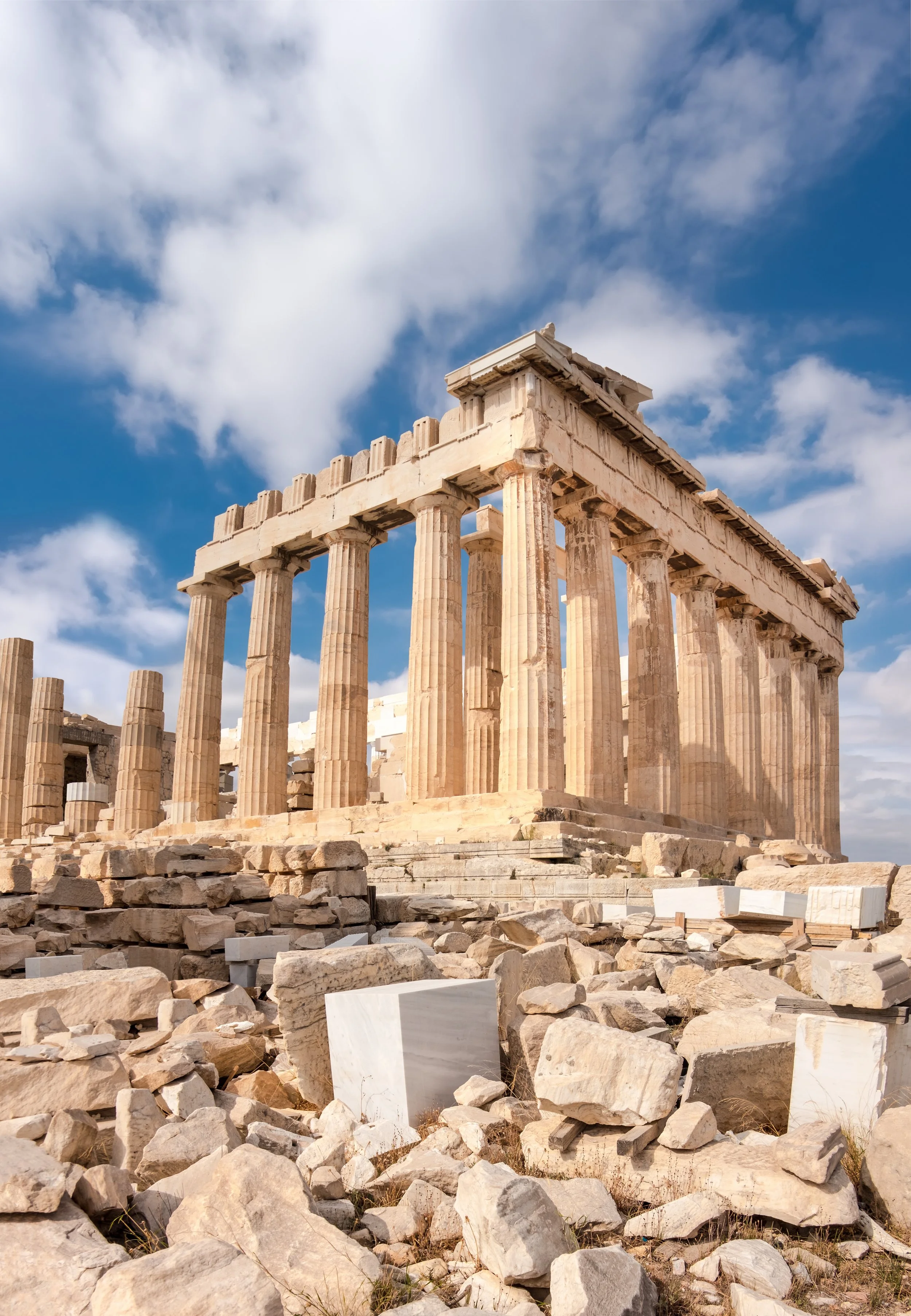






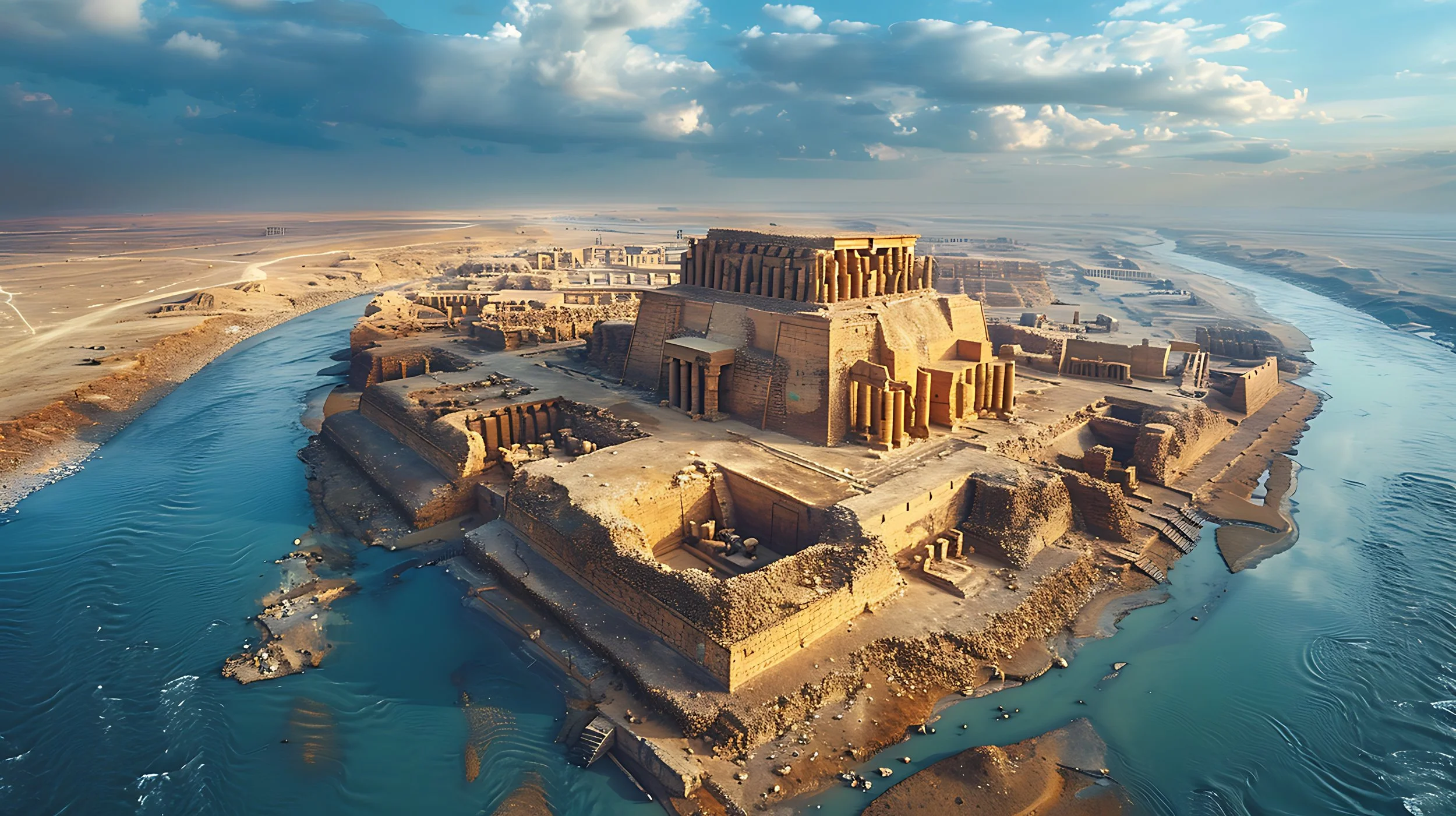







Notre Dame Cathedral had the power to embed itself into more than just the cityscape. It made its way into the hearts of the people of Paris. When the Cathedral was engulfed in flames on April 15th, 2019, we were reminded that the architecture around us impacts our lives beyond functionality. Principal and Architect of ROST Architects, Mitchell Rocheleau, discusses the history, architecture, and the architectural power of Notre Dame Cathedral.